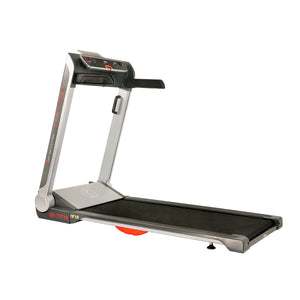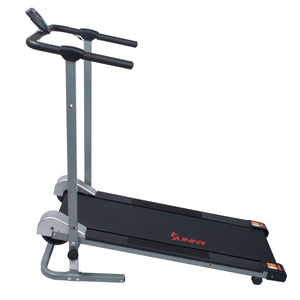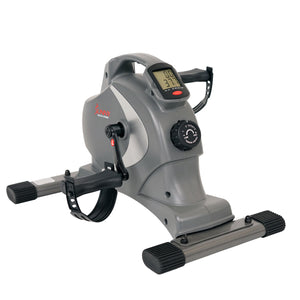Keeping yourself organized will maximize your ability to accomplish your daily fitness goals. Typically, when you work out, you have a plan in mind, a weekly schedule, and preferred equipment. Unfortunately, inconveniences of life may pop up, and finding motivation to workout becomes harder to find. But this is where home gyms can be a great asset to your health and fitness goals.
Which fitness equipment should you choose for your home gym? For starters, there are two types of gym equipment: commercial and home-use. Commercial gym equipment is large and bulky. Most people don’t have the space to fit these types of fitness machines in their homes. On the other hand, home-use equipment is often the same quality, but it’s designed to be used in smaller spaces.
There is plenty of cardio equipment designed for home use. You could choose a rower, treadmill, exercise bike, or a stepper—just to name a few. However, a good place to start is to think about how much space you have and how you will be able to set up your space. A good home gym is comfortable, safe, and efficient. Use the check list below to ensure that your home gym is set up to help you maximize your home gym space, so you can get maximum results!
Key Points
Heavy equipment can cause wear and tear on the structure of your home. If you have a home with more than one story, reduce the risk of structural damage by placing your gym equipment on the ground level.
Avoid injury and prevent damage to light fixtures and ceiling fans by setting workout equipment in a room with a ceiling height of at least 12 feet.
Use an exercise equipment mat for gym equipment in your home to protect your hardwood or concrete floors. This will also prevent unwanted equipment slippage and give you added comfort when you need to perform exercises on your floor.
Make sure your space has good lighting and a temperature controlled, well-ventilated space. Air circulation is necessary to keep you from overheating, improve oxygen levels, and keep you performing optimally.
Keep mirrors off the floor to avoid equipment form rolling or falling into them. Never store equipment near mirrors.
Always bolt or secure tall equipment to the floor or walls to prevent equipment from collapsing or tipping over.
Keep open space around fitness equipment. Here’s the recommended space you should have around for a few equipment types.
- Treadmills = 45 sqft.
- Rowers = 35 sqft.
- Ellipticals = 35 sqft.
- Bikes = 25 sqft.
Set aside some time each day to clean your equipment to prevent dust and sweat buildup, which can damage your machine.
Use the attached Home Gym Design Check List to help you track all the important factors when creating a useable space in your home

After you have ensured that the space you plan to create your home gym in is safe and comfortable, you must decide what equipment can fit in that space. Use the above square foot recommendations to find a good size space anywhere in your house, or if you have a specific room you would like to turn into a home gym, you may be able to add multiple pieces of equipment. Remember, more open floor space will allow for a more usable workout area and prevent any obstacles from interrupting your workouts. If you are tight on space, you may want to consider looking into more compact pieces of exercise equipment.
See the equipment recommendation list below to pick out the compact product that best fits your home gym space.
ROWING MACHINES

RW5720 |
TREADMILLS
BIKES

B0717 |
||
ELLIPTICALS

E3626 |
STEPPER
































Add Your Name & Email
Please enter your name and email to continue.We won’t display your email publicly.